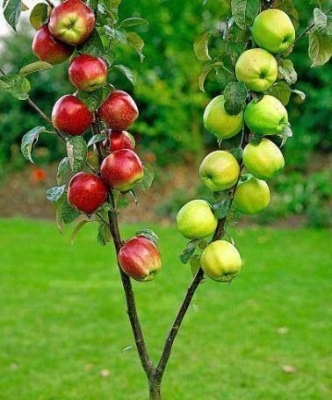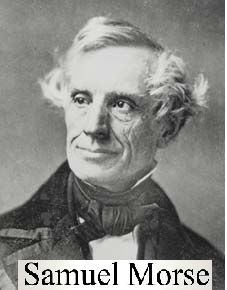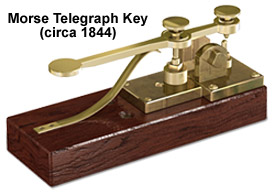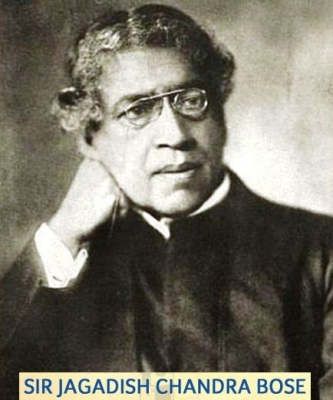Why do cats purr?

When a cat wants to express contentment or pleasure, it purrs. Purring of a contented cat results in a low vibrating noise. It is a kind of low, continuous rattling hum and has nothing to do with a cat’s real voice. A mother cat purrs when it wants to call her kittens for feeding. At birth the kittens cannot see, hear or smell. So in the initial stages after birth, it is the purring of their mother that helps them to communicate with her. Once the kittens start feeding themselves, the mother stops purring. It implies that purring began as a kind of homing device.
Now the question arises how a cat produces the purr?

Purr is caused by the vibrations in a cat’s vocal cords. When a cat takes air into its lungs, the air passes through the voice-box that contains the vocal cords. If the cat then wants to express its satisfaction about something, it will allow the vocal cords to vibrate as the air passes in and out of the lungs during breathing. When it chooses not to purr, the passing air does not affect the vocal cords and thus doesn’t produce any such sound.
Although there are many other members of the cat family such as lion, tiger, leopard, cougar, jaguar, ocelot and lynx, their throat structure is quite different from a cat and hence they cannot purr. However, they can make other kinds of sound.


 The botanists study the internal structure of plants mainly by examining their cross section under a microscope. These thin slices can tell us a lot about the structure of the cells that make up the plant and how they vary in different parts of the plant. In 1665, a scientist named Robert Hooke looked at a piece of cork (a material from the thick outer part of certain trees) under a microscope and saw that it was made up of many tiny compartments. He named them cells and this term has been in use since then. The equipments needed for obtaining the sections include a sharp razor, a small fine brush and a number of watch glasses and microscopic slides. The razor is stroked across the top towards the body, cutting off thin slices as required. Cross-sections as well as the longitudinal pieces are obtained in the same manner. To obtain best results the razor and the material must be kept moist with water in case of fresh material or alcohol if the specimen is a preserved one. To prevent shrinkage the sections shaved off are
The botanists study the internal structure of plants mainly by examining their cross section under a microscope. These thin slices can tell us a lot about the structure of the cells that make up the plant and how they vary in different parts of the plant. In 1665, a scientist named Robert Hooke looked at a piece of cork (a material from the thick outer part of certain trees) under a microscope and saw that it was made up of many tiny compartments. He named them cells and this term has been in use since then. The equipments needed for obtaining the sections include a sharp razor, a small fine brush and a number of watch glasses and microscopic slides. The razor is stroked across the top towards the body, cutting off thin slices as required. Cross-sections as well as the longitudinal pieces are obtained in the same manner. To obtain best results the razor and the material must be kept moist with water in case of fresh material or alcohol if the specimen is a preserved one. To prevent shrinkage the sections shaved off are  brushed into water or alcohol. For quick examination the sections are placed on a slide with a drop of glycerine. The thin ones that show the cells clearly can be stained for permanent use. In fact staining is a process of adding dyes to show the different tissues in different colours. Many stains are dissolved in alcohol and before staining the sections must be placed in alcohol. After a certain period in the stain(s) the section is transferred to a series of watch glasses full of alcohol. This removes water and the excess stain. The alcohol is removed by dipping the sections in clove oil or benzene. The section is then placed on a clean glass slide with a drop of Canada Balsam (a resinous glue). A thin glass is added as a cover-slip and sealed by warming the balsam to harden it. The slide, properly labelled, can then be kept and examined whenever necessary. Details of time exposure for staining varies with the stain and material used. The information can be collected from a text-book or worked out by practice. In laboratory analysis many modern techniques are being adopted for in-depth studies on the subject.
brushed into water or alcohol. For quick examination the sections are placed on a slide with a drop of glycerine. The thin ones that show the cells clearly can be stained for permanent use. In fact staining is a process of adding dyes to show the different tissues in different colours. Many stains are dissolved in alcohol and before staining the sections must be placed in alcohol. After a certain period in the stain(s) the section is transferred to a series of watch glasses full of alcohol. This removes water and the excess stain. The alcohol is removed by dipping the sections in clove oil or benzene. The section is then placed on a clean glass slide with a drop of Canada Balsam (a resinous glue). A thin glass is added as a cover-slip and sealed by warming the balsam to harden it. The slide, properly labelled, can then be kept and examined whenever necessary. Details of time exposure for staining varies with the stain and material used. The information can be collected from a text-book or worked out by practice. In laboratory analysis many modern techniques are being adopted for in-depth studies on the subject.
 Factors responsible for endangering the existence of these species are both natural and man-made. Firstly, the increasing human population is encroaching more and more land, and thus creating a scarcity of land for the wildlife to survive. Forests and heaths have been removed to make way for farming. Large-scale deforestation for wood and industrialization is another cause of the loss of wildlife. Secondly, man has hunted down many animals to extinction — auk and dodo are distinct examples of it. Pollution is also affecting the lives of many animals. Every year millions of sea-birds die unpleasant deaths as their feathers get covered with sticky, black oil waste. The natural causes are the unsuitable conditions of temperature and pressure, lack of proper food material, natural calamities etc.
Factors responsible for endangering the existence of these species are both natural and man-made. Firstly, the increasing human population is encroaching more and more land, and thus creating a scarcity of land for the wildlife to survive. Forests and heaths have been removed to make way for farming. Large-scale deforestation for wood and industrialization is another cause of the loss of wildlife. Secondly, man has hunted down many animals to extinction — auk and dodo are distinct examples of it. Pollution is also affecting the lives of many animals. Every year millions of sea-birds die unpleasant deaths as their feathers get covered with sticky, black oil waste. The natural causes are the unsuitable conditions of temperature and pressure, lack of proper food material, natural calamities etc. 





 Morse code is a system of sounds that telegraphers and radio operators use to send messages through wire or radio. This involves a system of dots or short signals, dashes or long signals and spaces. Each letter of the alphabet, plus numbers and other symbols, are represented by groups of dots and dashes. The Morse code is named after Samuel Morse of USA who developed it in 1938. He also patented the telegraph in 1840 and was credited with the invention of telegraph.
Morse code is a system of sounds that telegraphers and radio operators use to send messages through wire or radio. This involves a system of dots or short signals, dashes or long signals and spaces. Each letter of the alphabet, plus numbers and other symbols, are represented by groups of dots and dashes. The Morse code is named after Samuel Morse of USA who developed it in 1938. He also patented the telegraph in 1840 and was credited with the invention of telegraph.







 The ink used in ballpoint pen is specially formulated to be thick so that it may not leak. Its flow, however, remains smooth and unbroken lines can be drawn with the help of these pens. The ink is drawn through internal ducts in the socket by capillary action (a phenomenon in which the surface of a liquid confined in a narrow-bore tube rises above level.)
The ink used in ballpoint pen is specially formulated to be thick so that it may not leak. Its flow, however, remains smooth and unbroken lines can be drawn with the help of these pens. The ink is drawn through internal ducts in the socket by capillary action (a phenomenon in which the surface of a liquid confined in a narrow-bore tube rises above level.)